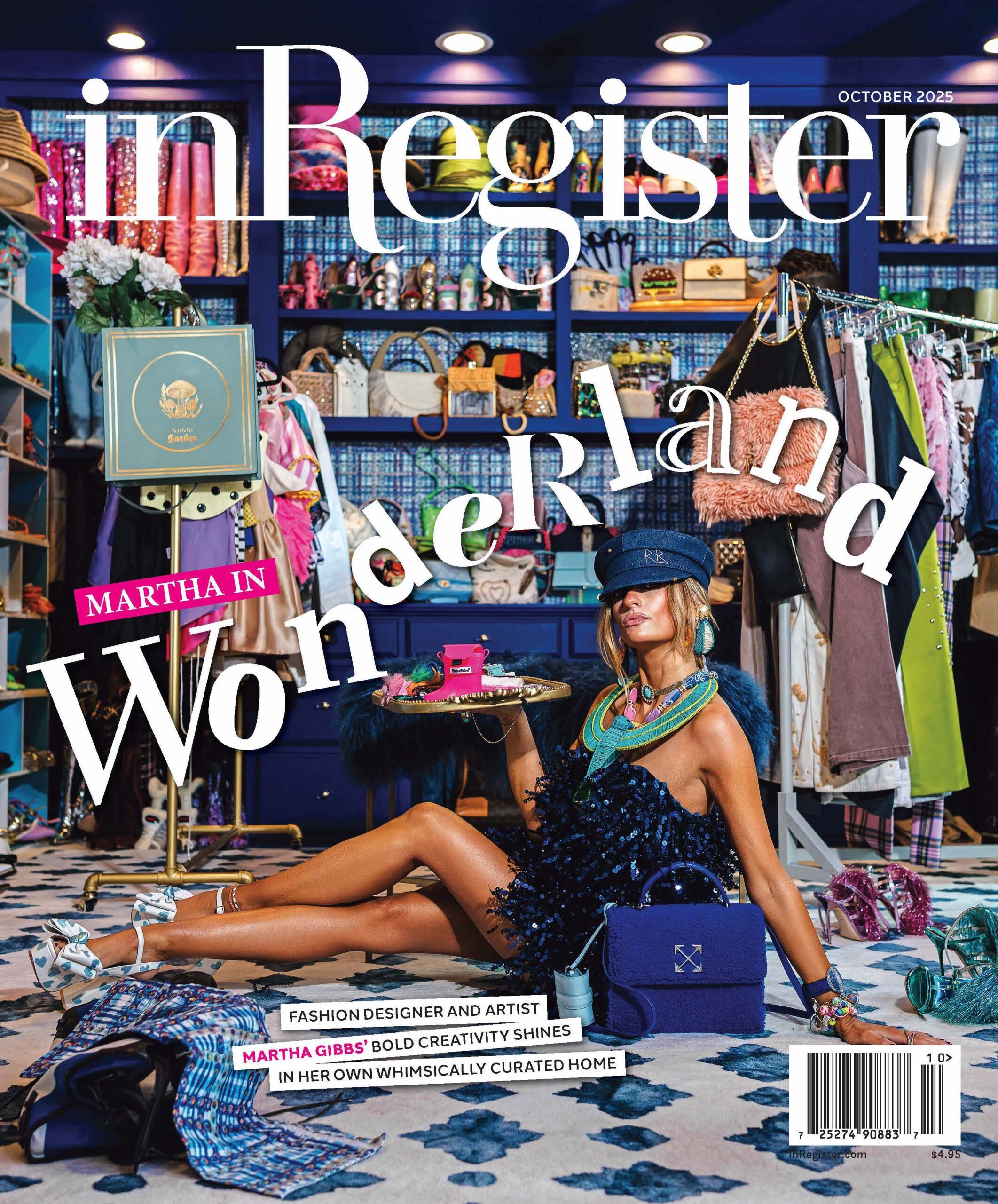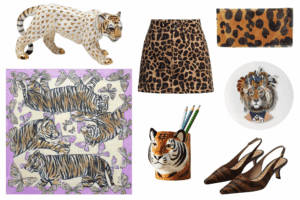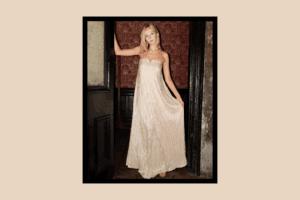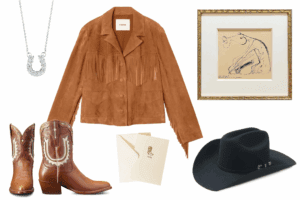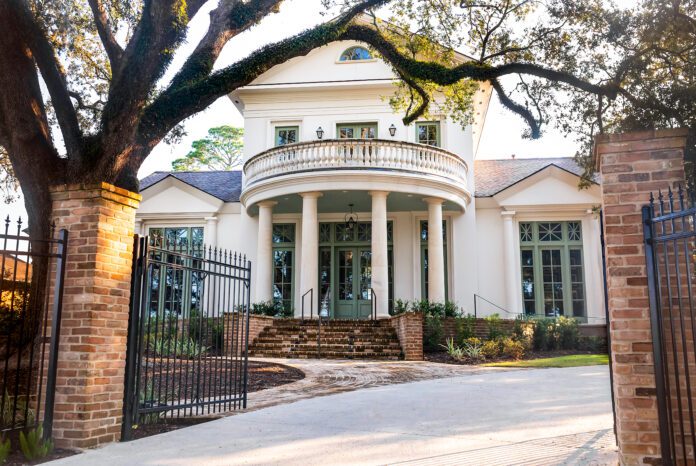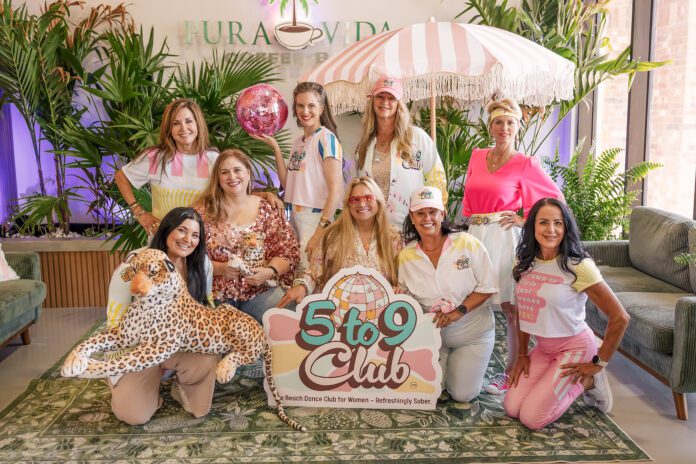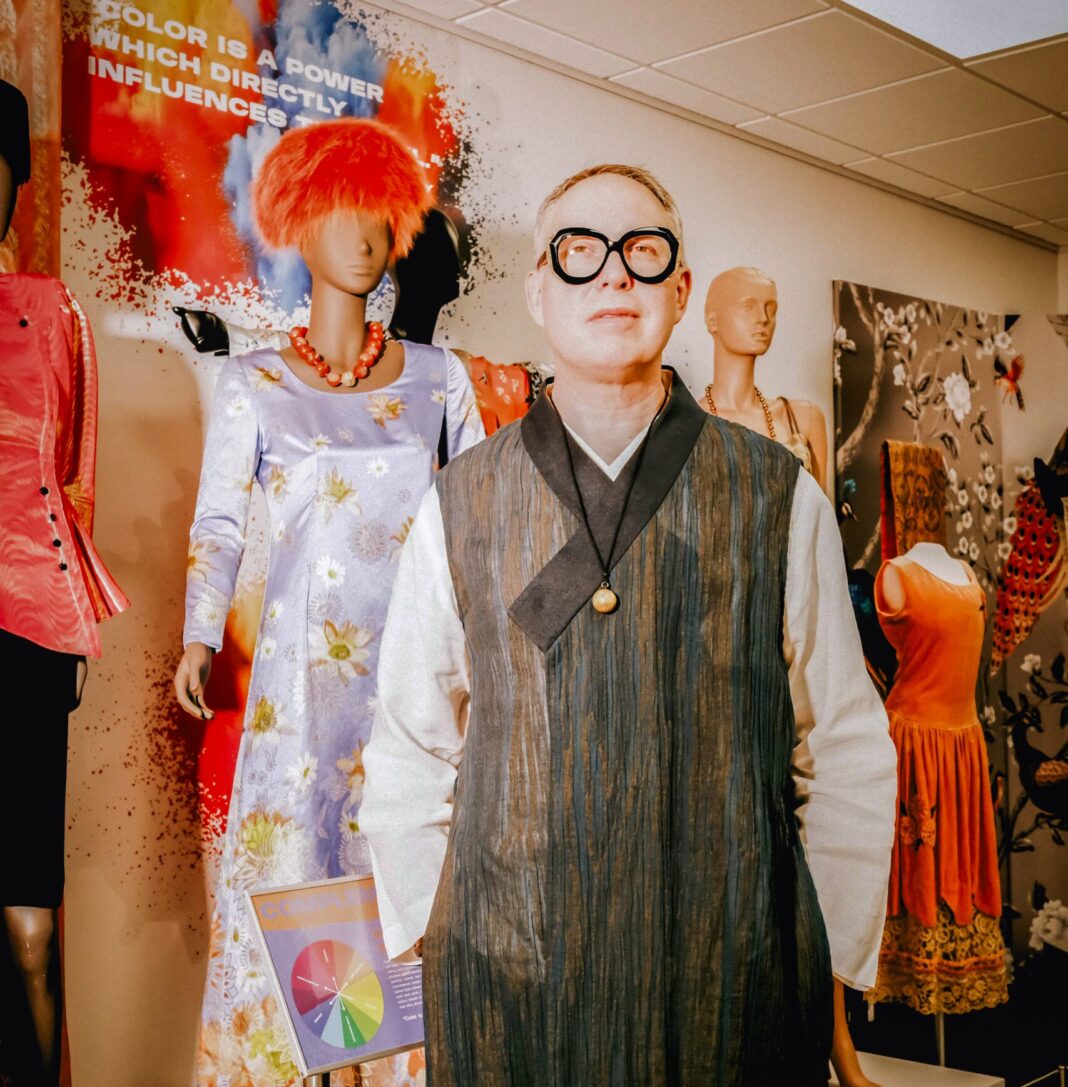
A fashion historian’s tips for mindful style
They don’t make things like they used to. And that rings most true for clothing. Online shopping has changed the way the world buys clothes. Fashion consumers buy over 80 billion new pieces of clothing every year, according to Fashion United’s Global Fashion Industry Statistics Report. That’s a 400% increase from just two decades ago.
But having more, faster isn’t better, according to Michael Mamp, PhD, fashion historian, professor and director of the LSU Textile and Costume Museum. For Mamp, a closet of carefully curated, well-made pieces is the epitome of personal style.
“The hallmark of really good clothing is that it’s not necessarily all that fashionable,” he says. “It’s just stylish. It’s able to communicate a specific style, and it’s exceptionally well made.”
Keep reading for Mamp’s tips on mindfully crafting your personal style and slowing down fast fashion consumption.
Details matter most.
To splurge or not to splurge? The answer lies in the details, not the label. “Be aware that just because it costs more and it’s a designer piece doesn’t mean that it’s necessarily worth the investment,” Mamp advises.
Garment details like seam construction and finishing, button quality and fabric durability are tell-tale signs of craftsmanship. As an example, Mamp points to the work of Geoffrey Beene, a native of Haynesville, Louisiana, who became one of America’s most accomplished fashion designers. Though technically ready-to-wear, the garments he crafted often cost upwards of $5,000. The LSU Textile and Costume Museum holds dozens of garments made by Beene in its collection, thanks to the generosity of a donor who exclusively wears the work of Beene, Mamp explains.
“These were really expensive garments, but they’re unbelievably made,” Mamp says. “They’re akin to couture. Every seam is finished with tiny strips of bias tape, achieved by cutting the fabric at a 45-degree angle and hand-finishing it to an exquisitely high standard. This attention to detail is so meticulous that you would look at these garments that are 40 or 50 years old, and say, ‘That’s beautiful. I would wear that!’ True, quality craftsmanship withstands the test of time.”
Style is developed, not purchased.
Personal style is no fleeting trend, which means it takes time to craft and hone. “Style is timeless. It’s you developing a look that suits your body, your personality, your aesthetic preference, and you nurture that over time to be individualistic,” Mamp explains. “Fashion is more about looking like everybody else.”
Mamp suggests using tools like color analysis and combining high and low-end pieces to find what feels best on your body. Choosing pieces you genuinely love will make it effortless to reach for them time and time again. Soon, shopping less and leaning more into your style will feel natural.
Repurpose, repair, repeat.
Creating a thoughtfully curated wardrobe doesn’t mean starting from scratch. Take inventory of what you have and push yourself to be creative in how or where you wear certain pieces, Mamp encourages.
For centuries, people tailored, altered and repurposed their clothes multiple times—and for generations, Mamp notes. He points to the erosion of practical wardrobe care skills (which coincides with the decline in home economics and life skills classes), such as properly laundering garments, sewing a button, repairing small holes, and fixing a hem, directly influencing attitudes about clothing. When you love and cherish something, you’re more likely to fix it. And knowledge is the other half of the equation in repairing and upcycling clothing.
Learn more about the fashionable life and work of Michael Mamp in this article featured in our August 2025 issue.

